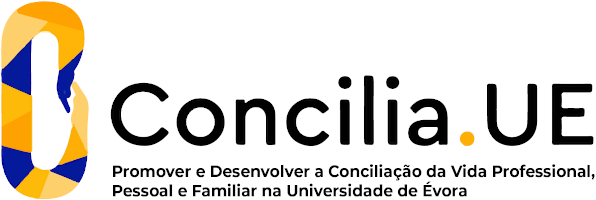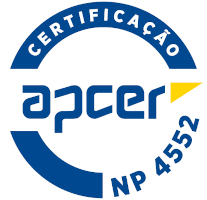2025
Micrometeorology
Name: Micrometeorology
Code: FIS12540M
6 ECTS
Duration: 15 weeks/156 hours
Scientific Area:
Physics
Teaching languages: Portuguese
Languages of tutoring support: Portuguese
Regime de Frequência: B-learning
Sustainable Development Goals
Learning Goals
The objective of this unit is to provide advanced knowledge on atmospheric boundary layer (ABL) structure and dynamics. By the end of the semester students should: be able to identify the key boundary layer processes driving the weather and climate; be able to describe relevant ABL micrometeorological processes; understand and gain some experience of how the boundary layer is modelled. This knowledge will be fundamental for applications to weather and climate models, numerical modelling of the surface energy budget, urban climate and pollutants dispersion studies, for example.
Contents
1. Introduction - Scope of Micrometeorology. Atmospheric scales. The atmospheric boundary layer (ABL) and sublayers. Diurnal evolution of the ABL. Typical profiles of the temperature, wind speed and water vapour. Atmospheric stability and convection.
2. Energy and water balances at the surface.
3. Basic atmospheric equations, turbulence and the closure problem.
4. Parameterisation of turbulent fluxes of momentum, energy and mass in the atmospheric inertial sublayer.
5. Methods for estimating the surface fluxes of momentum, energy and water vapour
6. Atmospheric stability, diffusion and transport of pollutants- Gaussian plume models.
7. Climates of non-homogeneous terrain.
2. Energy and water balances at the surface.
3. Basic atmospheric equations, turbulence and the closure problem.
4. Parameterisation of turbulent fluxes of momentum, energy and mass in the atmospheric inertial sublayer.
5. Methods for estimating the surface fluxes of momentum, energy and water vapour
6. Atmospheric stability, diffusion and transport of pollutants- Gaussian plume models.
7. Climates of non-homogeneous terrain.
Teaching Methods
Teaching includes lectures for explanation of theoretical concepts, sessions of problem solving and tutorial support.
Slideshows, real or virtual chalkboard presentations and other resources are used.
A strong component of the teaching is the resolution of problems. The problems are organised by thematic series, which must be solved by the students as homework and discussed in the following classes.
It is recommended an assiduous consult of the bibliography; a close guidance is provided to the students where the readings more relevant for each programmatic topic are indicated. If necessary, supplemental texts are provided. As a complement, the reading of scientific papers might be indicated.
- The evaluation is based on the homework and on a final exam. The final mark is calculated as the pondered mean of the marks obtained in the homework and final exam.
Slideshows, real or virtual chalkboard presentations and other resources are used.
A strong component of the teaching is the resolution of problems. The problems are organised by thematic series, which must be solved by the students as homework and discussed in the following classes.
It is recommended an assiduous consult of the bibliography; a close guidance is provided to the students where the readings more relevant for each programmatic topic are indicated. If necessary, supplemental texts are provided. As a complement, the reading of scientific papers might be indicated.
- The evaluation is based on the homework and on a final exam. The final mark is calculated as the pondered mean of the marks obtained in the homework and final exam.
Teaching Staff
- Maria da Graça Dias Carraça [responsible]





















